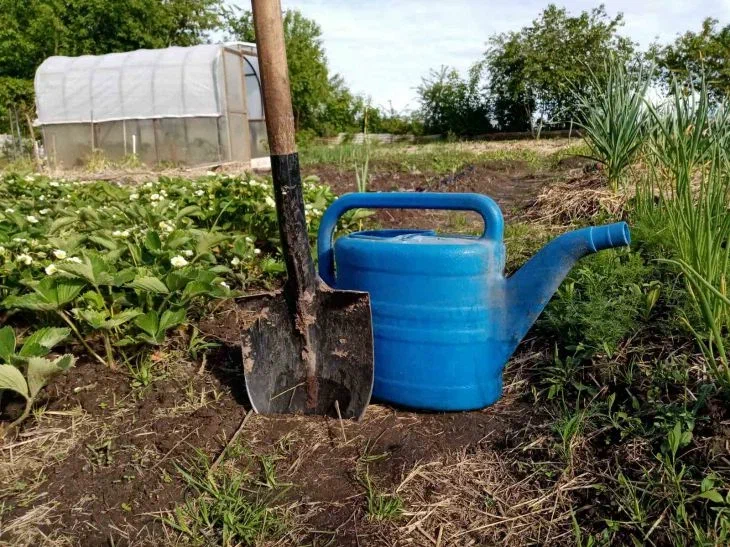Summer residents were reminded how to fight cockchafer larvae: protect your harvest
The May beetles themselves pose almost no threat to crops and future harvests, unlike the larvae.
Depending on the climate and weather, the insect becomes active in the second half of spring and most often in May, but sometimes earlier.
Anastasia Kovrizhnykh , an expert of the online publication "BelNovosti", an agronomist and landscape designer, told how to fight the larvae of the May beetle.
Firstly, summer residents are offered to control the population of adult individuals, which will certainly affect the number of their offspring.
To do this, spread a light cloth under the trees and shake off the beetles. What to do with the beetles is up to you.

It is recommended to collect insects every evening.
Secondly, don't forget about the food chain and attract birds to your garden.
Hang birdhouses, feeders and regularly feed the birds all year round, not just in winter and autumn.
Thirdly, mulching can be used specifically against larvae.
By preventing the May beetle from accessing the soil in the beds, you can count on the fact that the beetle will not lay eggs in the bed, and that offspring will not emerge from them.
Also, in this regard, digging and physical destruction of larvae found in the soil and folk methods help.
Folk methods
You can prepare an infusion of onion peel. The peel is infused for five days, and then the concentrate is diluted with water 1:1 and used to water the beds.
With the same success, an iodine solution (20 drops per 10 liters of water) can be used for watering.
Summer residents actively use an infusion of walnut leaves (350 g of young leaves per bucket of warm water, leave for 3 days).
You can also sow green manure – white clover, rapeseed or mustard.
Earlier we talked about how to protect potatoes from cicadas.
